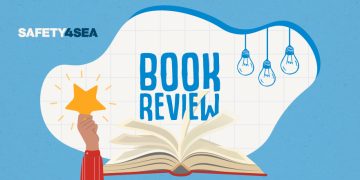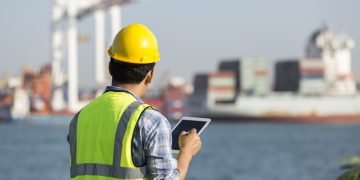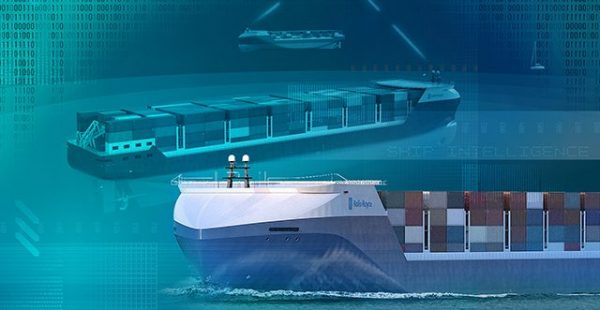Rolls-Royce signed an agreement with Google, on 3 October, at the Google Cloud Summit in Sweden, focused on autonomous ships. The deal allows Rolls-Royce to use Google’s Cloud Machine Learning Engine to further train the company’s artificial intelligence based object classification system for detecting, identifying and tracking the objects a vessel can encounter at sea.
“While intelligent awareness systems will help to facilitate an autonomous future, they can benefit maritime businesses right now making vessels and their crews safer and more efficient. By working with Google Cloud we can make these systems better faster, saving lives,” said Karno Tenovuo, Rolls-Royce, SVP Ship Intelligence.
Machine Learning is a set of algorithms, tools and techniques that mimic human learning to solve specific problems. Machine learning methods analyse existing data sets with the objective of learning to recognise patterns in training data, making predictions from previously unseen data. The bigger the data set the more complex the patterns the model can recognise and the more accurate the predictions. Today, well trained machine learning models can perform predictive analytics faster than a human.
Rolls-Royce will use Google Cloud’s software to create bespoke machine learning models which can interpret large and diverse marine data sets created by Rolls-Royce. Rolls-Royce will prepare the data to train models, ensuring that it is relevant and in sufficient quantity to create statistical significance. As part of the machine learning process, the models’ predictions are evaluated in practical marine applications, allowing the models to be further refined.
By accessing this software through the Cloud, the models can be developed from anywhere in the world and are immediately accessible globally allowing thousands of users. Models can therefore be trained on large quantities (terabytes) of data. This will be essential as autonomous ships become commonplace.
In the longer term, Rolls-Royce and Google intend to undertake joint research on unsupervised and multimodal learning. The two companies will also test whether speech recognition and synthesis are viable solutions for human-machine interfaces in marine applications. They will also work on optimizing the performance of local neural network computing on board ships using open source machine intelligence software libraries such as Google’s TensorFlow.
Intelligent awareness systems will make vessels safer, easier and more efficient to operate by providing crew with an enhanced understanding of their vessel’s surroundings. This will be achieved by fusing data from a range of sensors with information from existing ship systems, such as Automatic Identification System (AIS) and radar. Data from other sources, including global databases, will also have a role.



































































